If you want to apply different alpha values for text, you could make use of the attributed text as follows,
Instead of assigning text value assign the text to attributedText value as in the following example,
// MARK: - Different text style in alertController
@IBAction func buttonPressed(_ sender: Any) {
// Sample attributed text
let attributedText = applyDifferentStyle(forString: "Hello", inString: "Hello world")
// Alert controller
let alertController = UIAlertController(title: "Attributed texts example", message: nil, preferredStyle: .alert)
// OK button in alert
let okButton = UIAlertAction(title: "OK", style: .default, handler: nil)
alertController.addAction(okButton)
// Assign attributed text
alertController.setValue(attributedText, forKey: "attributedMessage")
// Show alert
present(alertController, animated: true, completion: nil)
}
func applyDifferentStyle(forString: String, inString: String) -> NSMutableAttributedString {
// Let your color be as follows with the alpha value as you wanted
let greenColour = UIColor(red: 10/255, green: 190/255, blue: 50/255, alpha: 0.7)
let redColor = UIColor.red
// create the attribute as you want
let customAttribute = [NSAttributedStringKey.foregroundColor : greenColour];
// Other normal text attribute
let normalTextAttributes = [NSAttributedStringKey.foregroundColor : redColor]
let attString:NSMutableAttributedString = NSMutableAttributedString(string: inString
, attributes: normalTextAttributes)
// Apply attribute to texts
let stringRange = (inString as NSString).range(of: forString)
attString.setAttributes(customAttribute, range: stringRange)
return attString
}

Simple demo project reference:
https://github.com/bharath-dev/StackoverflowSolutions/tree/master/AttributedAlertText
